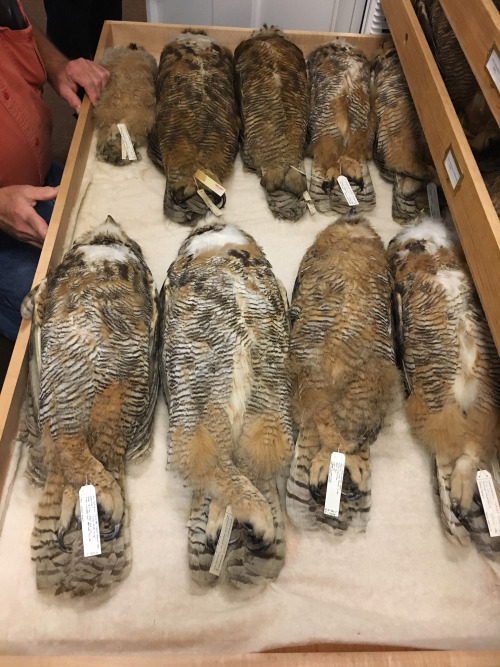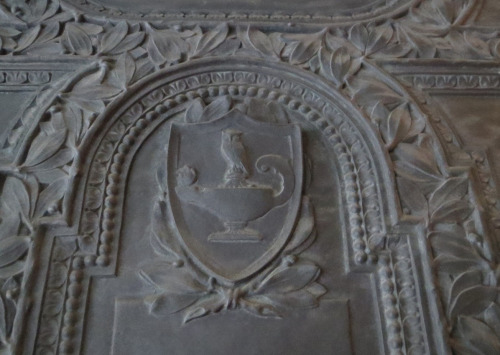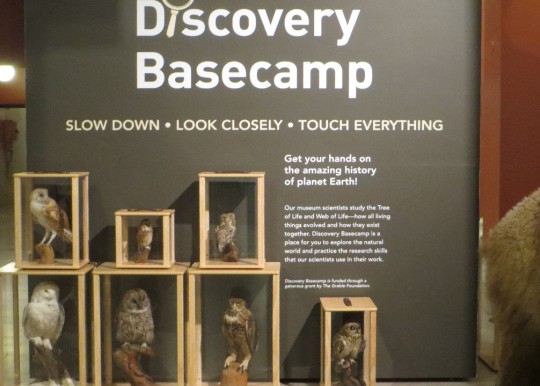Tales and Trails: Halloween at Powdermill
Flying bats, carved pumpkins, and hooting owls…What do they have to do with Halloween? Come find out as we dive into the natural history of Halloween! You will have the opportunity to explore the spooky side of Powdermill in the evening at this family-friendly event.
**Please note the time change of 5 – 8 pm. This means you are welcome to drop in any time between 5 and 8 pm!




